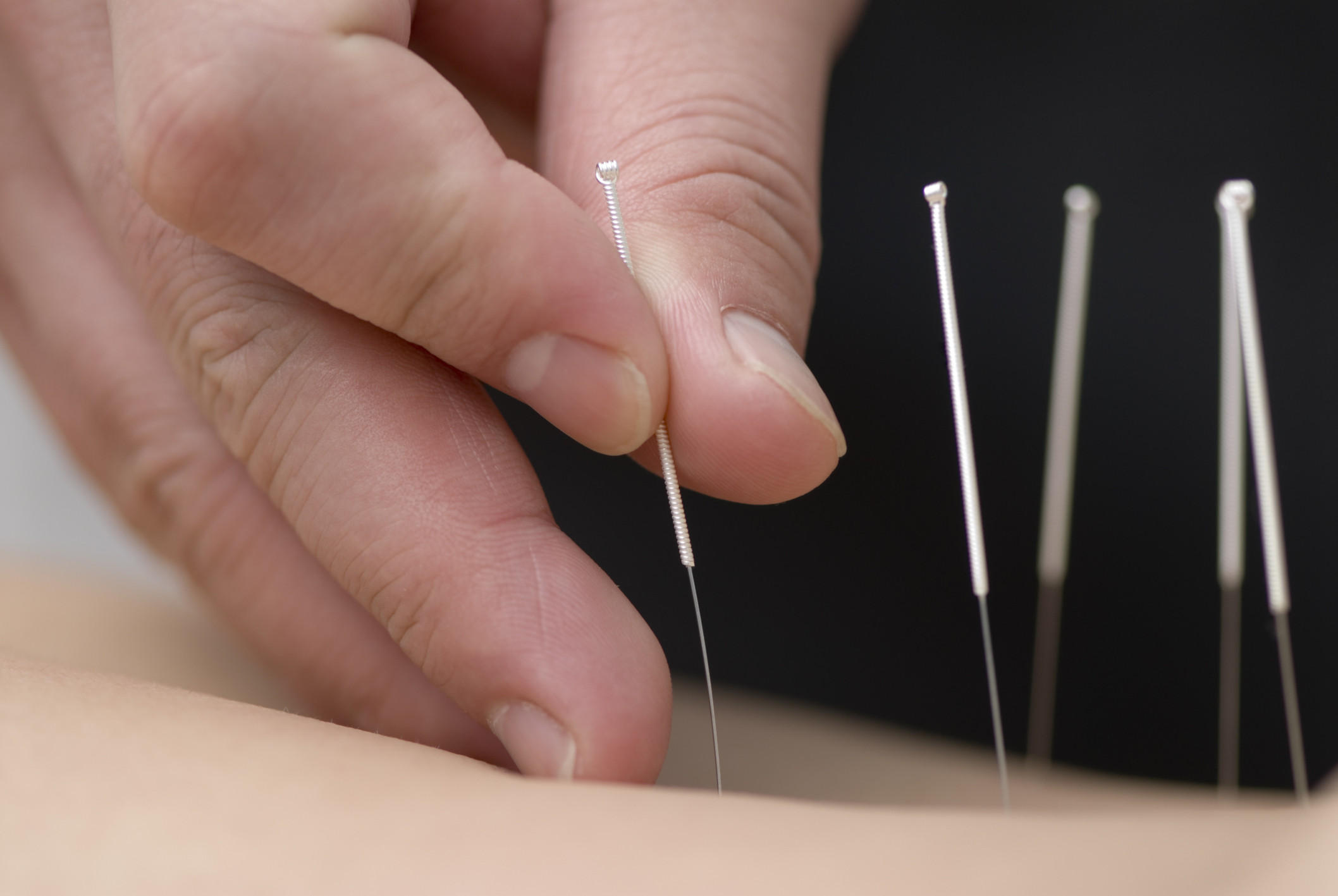Harvard Health Blog
Acupuncture: A point in the right direction, or a stab in the dark?

Acupuncture is a treatment that dates back to around 100 BC in China. It is based on traditional Chinese concepts such as qi (pronounced "chee" and considered life force energy) and meridians (paths through which qi flows). Multiple studies have failed to demonstrate any scientific evidence supporting such principles. Acupuncture involves the insertion of thin needles into the skin at multiple, varying locations based on the patient's symptoms. Once inserted, some acupuncturists hand turn the needles for added therapeutic benefit. Although there are many uses for acupuncture in traditional Chinese medicine, in Western medicine it is primarily used for the treatment of pain.
Acupuncture (im)pales in comparison to Western medicine
At a time when people are increasingly concerned about drug side effects, some consider acupuncture an attractive non-medication option. Unfortunately, many studies show that the potential benefits of acupuncture are short-lived. In my experience, I put acupuncture, massage, and chiropractic interventions in the same bucket. You may feel better for a day or two, but there is limited lasting improvement.
In one study, 249 people with migraines occurring two to eight times per month received either acupuncture, sham (fake/placebo) acupuncture, or were put on an acupuncture waiting list. The two treatment groups received treatment five days per week for four weeks. Twelve weeks after treatment, the acupuncture group had on average 3.2 fewer attacks per month, the sham acupuncture group had 2.1 fewer attacks per month, and the wait-list group had 1.4 fewer attacks per month. These results are modest at best, and carry an approximate treatment cost of $2,000 per month (estimating $100/session x 20 sessions). This figure does not include lost income from time away from work to attend appointments, travel costs, pain from the procedure, and recovery time.
In general, the effectiveness of standard treatment (medication and injectable therapies) is supported by much stronger scientific evidence than acupuncture, including large clinical trials with thousands of subjects. For those averse to medications, physical therapy is a great alternative — one based on actual human anatomy and scientific principles. My patients often complain that they do not feel significantly better after the five to 10 sessions of physical therapy that insurance companies typically approve. I advise them that the true benefit of physical therapy comes when the stretching and strengthening routines taught by the therapist are continued at home on a long-term basis. Expecting an instant and permanent cure from physical therapy is like going to the gym for a week, and expecting to lose 20 pounds — without any chance of regaining the weight. (If any readers find a gym like that, please let me know….)
Stuck with needles, then stuck with a bill
At a cost of around $100 per treatment, and with sessions that can last over an hour, acupuncture treatments can be limited by both time and cost. Some patients may confidently argue that they do not mind the cost, because their insurance plan covers acupuncture. I would caution those same patients that money does not grow on trees, especially in the health insurance forest. If money is spent on one expense, it cannot be spent on something else. A plan that covers acupuncture may include fine print about excessive co-pays or limited coverage for basic medications. In some cases, covering acupuncture or massage may affect other patients in the same pool. Imagine if everybody received free massages, but in turn a cancer patient's lifesaving chemotherapy becomes unaffordable. Although this is an exaggerated example, it does demonstrate the economics of health insurance.
Skewer side effects?
Side effects are not just limited to medications; procedures can also have negative effects. Acupuncture is relatively safe when the practitioner uses single-use, sterile needles with a clean technique. Side effects can include skin infections, bleeding, and pneumothorax (collapsed lung) if the needles are inserted too deep in the chest. Physicians sometimes perform acupuncture, but medical training is not required, and the qualifications to secure a license to practice acupuncture vary by state. It is probably worth the added expense to have a more experienced and/or highly credentialed acupuncturist.
Needle-less to say, the procedure went well
I fondly recall meeting an elderly lady who had a good experience with acupuncture for the treatment of her migraines, but the benefit only lasted one to two days after each session. After failing multiple treatments, she tried Botox injections with physicians not named Dr. Mathew, which she found effective. Due to scheduling issues, she ended up seeing me for injections. After I explained the risks and benefits of the procedure, she asked, "Dr. Mathew, are you experienced?" I replied, "Well, I trained the other two doctors who performed your previous injections." She replied, "Well, I guess that makes you experienced. Are you gentle?" I paused and then replied in a stern tone, "Well, I am known as the Butcher of New England." The woman was mortified, and she actually turned a little pale. I then advised her that I was just kidding, and that I am one of the gentler injectors in the practice. We then proceeded with her treatment. After we were done, she said, "That was the gentlest set of injections I ever received, and my pain is actually better." I then said, "Please don't say that… you will ruin my horrible reputation as the Butcher of New England."
Sources
The Long-term Effect of Acupuncture for Migraine Prophylaxis, A Randomized Clinical Trial. JAMA Internal Medicine, 2017.
Disclaimer:
As a service to our readers, Harvard Health Publishing provides access to our library of archived content. Please note the date of last review or update on all articles.
No content on this site, regardless of date, should ever be used as a substitute for direct medical advice from your doctor or other qualified clinician.















